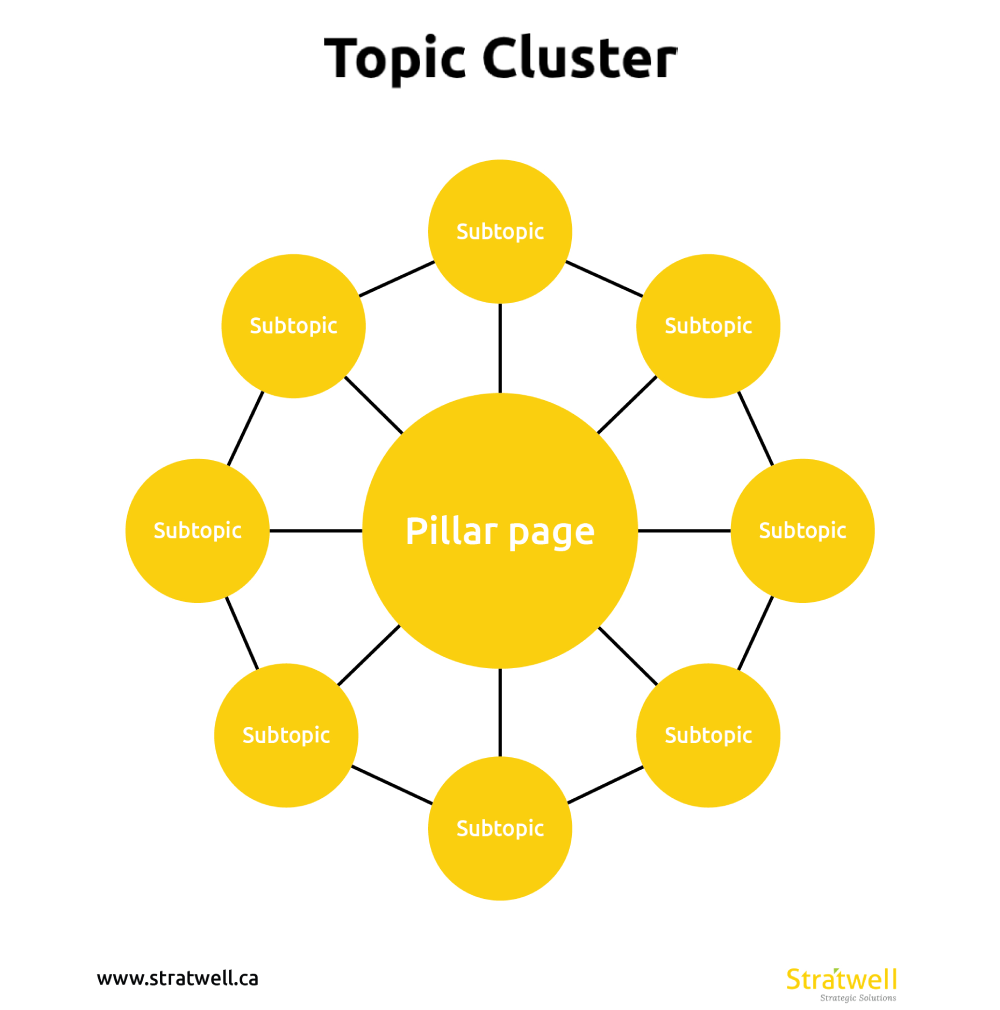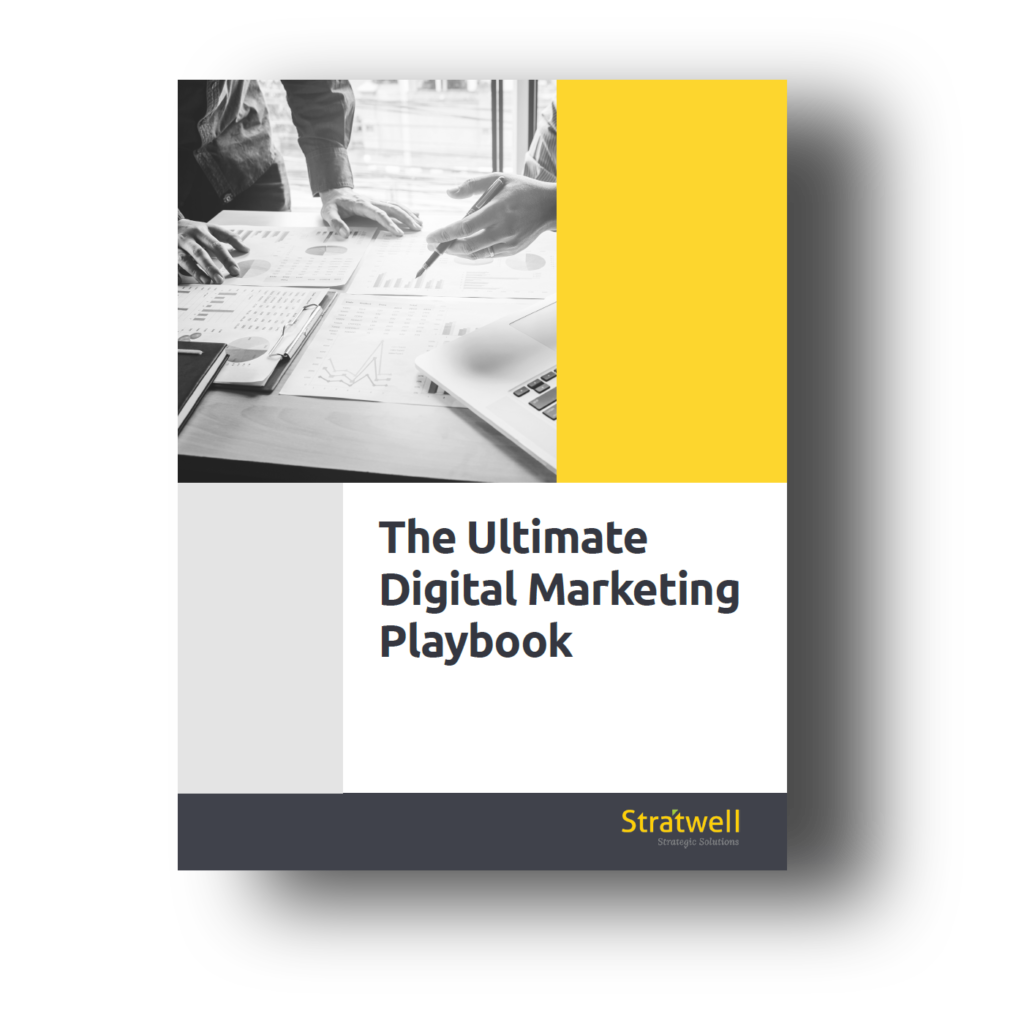Generating more traffic for your website and improving your SEO rankings isn’t the easiest of tasks. With ranking signals constantly changing, it can feel like running a maze and trying to figure out which turn will get you closer to your goal.
You may have heard the reports that there are more than 200 factors when Google runs its algorithm to rank a page, even though no one has any hard-and-fast evidence of this.
What we do know is that these factors constantly change and Google’s goal as a search engine is to provide the best possible experience to its users.
As SEO experts have found out through analyzing millions of Google’s search results, more comprehensive content has a strong correlation with higher SEO rankings. That means some of the ranking factors that have the most impact on your SEO rankings have to do with the user intent and having the kind of content that attracts backlinks.
In a previous article, we discussed how pillar pages and content clusters are the next revolution for SEO. Here’s a more in-depth analysis of specifically how pillar pages can help you generate more website traffic:
The Relationship Between Pillar Pages and Topic Clusters
Google now places a huge amount of emphasis on  machine learning to help deliver better search results based on users’ natural languages. Therefore, topic clusters and pillar pages play a crucial role in SEO rankings since Google is now hyper-focused on user experience and how your content best suits their search queries.
machine learning to help deliver better search results based on users’ natural languages. Therefore, topic clusters and pillar pages play a crucial role in SEO rankings since Google is now hyper-focused on user experience and how your content best suits their search queries.
Simply put, a topic cluster is where you group all your content together, that is, having a single, main topic (a pillar page) and then multiple subtopics (separate pages) linking to the main page (pillar page).
A pillar page is simply a long-form article, usually about 5,000 – 10,000 words long, that exhaustively covers multiple aspects of a core topic. It would have the following kind of titles:
- The Definitive Guide to [the main topic]
- What is a ……
- Why …… matters
- Everything you need to know about ………
Using pillar page and topic clusters will allow you to create a web of information, build internal links, and attract inbound links, all of which will improve the visibility and ranking of your website.
How to Create a Pillar Page
Ranking factors constantly change and you can no longer rely on stuffing your pages with keywords as a strategy to outrank your competition. Google now rewards pages that demonstrate a wealth of knowledge on a particular topic.
Therefore, pillar pages should be an important part of your content strategy. Here are five steps on how to create one:
Step One: Select a Core Topic
Identifying a core topic will provide structure and direction and help you create a high performing pillar page. Figure out what you want to be known for, ideally a broad topic that can serve as a theme which you will explore in greater detail.
In summary, your topic must be:
- Very relevant to your business,
- Aligned with your buyer persona’s needs,
- Able to generate enough search volumes
- Broad enough to be explored in more detailed sub-topics
The following questions can help point you in the right direction:
- What’s your buyer persona?
- What are your customers looking for?
- What are their current pain-points?
- What key product or service do you want them to be aware of?
After selecting your topic, identify topic clusters (sub-topics) and remember to include and focus around your keywords. Audit your existing pages and find out if there are relevant pages or any that need updating or repurposing to support your core topic. This could save you a lot of time and effort.
We have previous discussed how you may create a buyer’s persona. Click here to learn more.
Step Two: Topic Research
The next step is to conduct an exhaustive research on your topic, focusing on your keywords, buyer personas, and potential search intent.
This is the time to get a good gauge on your topic’s landscape and figure out how to make your content stand out. If your topic is saturated, come up with ideas on how to make your content distinguishable or some creative angles you can take to make it unique.
Step Three: Create Your Cluster (Sub-topics) Content
We recommend creating and/or organizing your cluster content first before building your pillar page. Also note that it’s crucial that all your content is professionally written. If writing isn’t your forte, then it is best to outsource this specific task.
After auditing your existing content, you should establish whether it needs updating/repurposing or you need to create more blog posts on the specific sub-topics that you currently don’t have.
Your cluster content should have as much detail as possible, that is, strong enough to rank on their own. You will also have to employ all the SEO best practices such as on-page optimization while writing each of the sub-topics.
Step Four: Create Your Pillar Page
Finally, it’s time to showcase all the relevant content on your website and to invite your visitors to engage you further. While writing your pillar page, it’s important to note that it will act as the doorway to your content and your brand.
Design your pillar page as a blog post, but also as a downloadable document. You can then use a contact form to encourage them to download the contents of the page in case they don’t want to read it through to the end at that particular moment.
In exchange, they will be providing you with their contact information which you can use to include them in your future marketing strategies such as email marketing. In our previous blog posts, we discussed the effectiveness of lead magnets and how to launch an email marketing campaign.
Include call to actions statements (CTAs) all throughout the article and make them as appealing and enticing as possible to create a conversion path that will guide them further along your sales funnel.
Optimize the page to generate leads by using anchor text and hyperlinks to link direct them to all the other relevant content and different CTAs all throughout the page.
Step Five: Promote Your Pillar Page
As soon as you publish your pillar page it will become a focal point of your SEO. However, you will still need to increase its exposure maximize results.
There are several ways you can promote your pillar page. They include:
- Running paid ad campaigns, for both social media and paid search
- Running a PR outreach to begin building backlinks (guest posts, influencer marketing, etc.)
- Email marketing where you notify the contacts in your database that would be interested in the content
- Using it as your sales tool, that is, having your sales team use it in all their sales conversations
- Answering questions that are relevant to your pillar page topic in question-and-answer forums such as Reddit and Quora.
Your pillar page should always remain a work in progress if it’s going to be worth occupying the number one ranking spot. You will need to constantly update it and develop it into something more comprehensive to meet a search user’s needs.
If you would like to learn more about pillar page and content marketing, take a look at the pillar page that we have built by clicking here.
Conclusion:
Thanks to advances in semantic search and machine learning, Google’s search algorithms are now doing a better job of providing the exact information users are looking for.
Therefore, It has become increasingly crucial that you organize your website according to this trend, which covers all the different inquiries your targeted customer may have. And using topic clusters is the best strategy to achieve that.
Having a comprehensive pillar page that covers one topic and links to more specific cluster pages will not only help improve your SEO rankings and generate more organic traffic to both your pillar page and all other blog posts, but also increase the number of total leads you will get as well as your conversion rates.
Was this article useful? Share your thoughts with us in the comment section below.
Enjoy this article? Subscribe to get similar articles delivered to your inbox and don’t forget to share it with your friends.
Other Related Blog Posts:
Alan Lo, Managing Partner of Stratwell Strategic Solutions, brings a decade of entrepreneurial and business development experience. Early in his career he was instrumental in building out the distribution channels of a real estate investment firm with over $2 billion in AUM. He has then founded an investment company in 2014 which he successfully exited in 2019.













2 Comments
First of all I want to say great blog! I had a quick question which I’d like to ask if you do
not mind. I was interested to find out how you center yourself and clear
your thoughts before writing. I have had a tough time clearing my mind in getting
my ideas out. I truly do enjoy writing however it just seems like the
first 10 to 15 minutes are wasted simply just trying to
figure out how to begin. Any ideas or hints?
Thanks!
Great question, Caitlyn. We put in a lot of efforts into preparation and already had a clear framework in place before we start to write.
Personally writing is not my forte so I focus on the strategy part and leverage off my group of writers to help me with the actual writing.
Hope this helps!